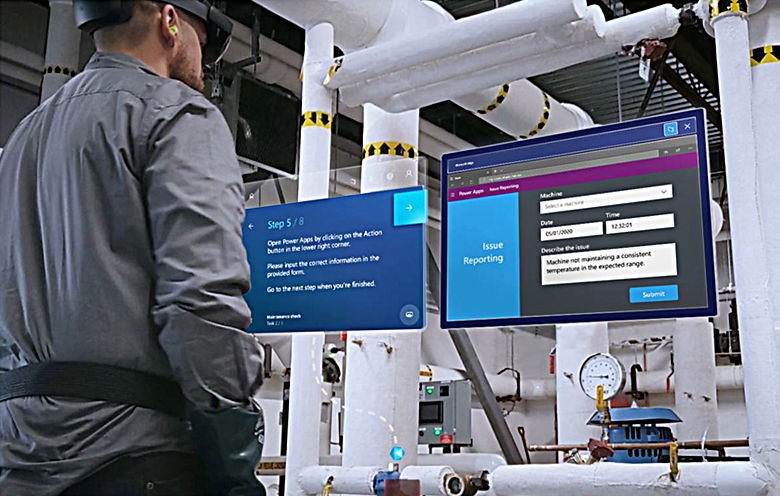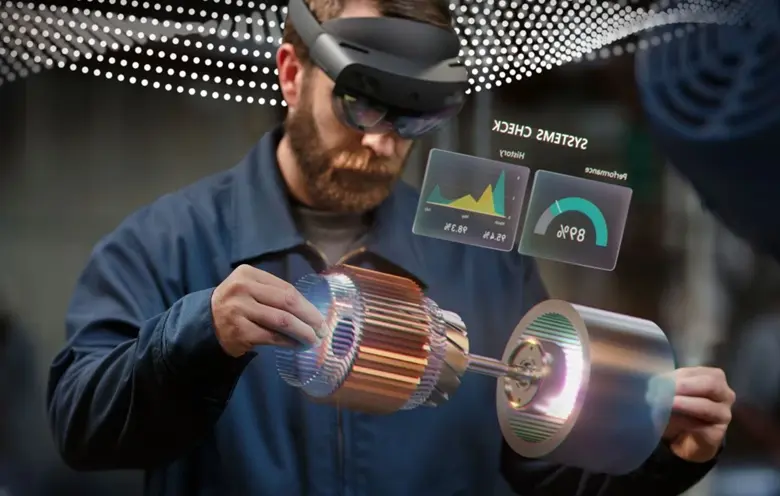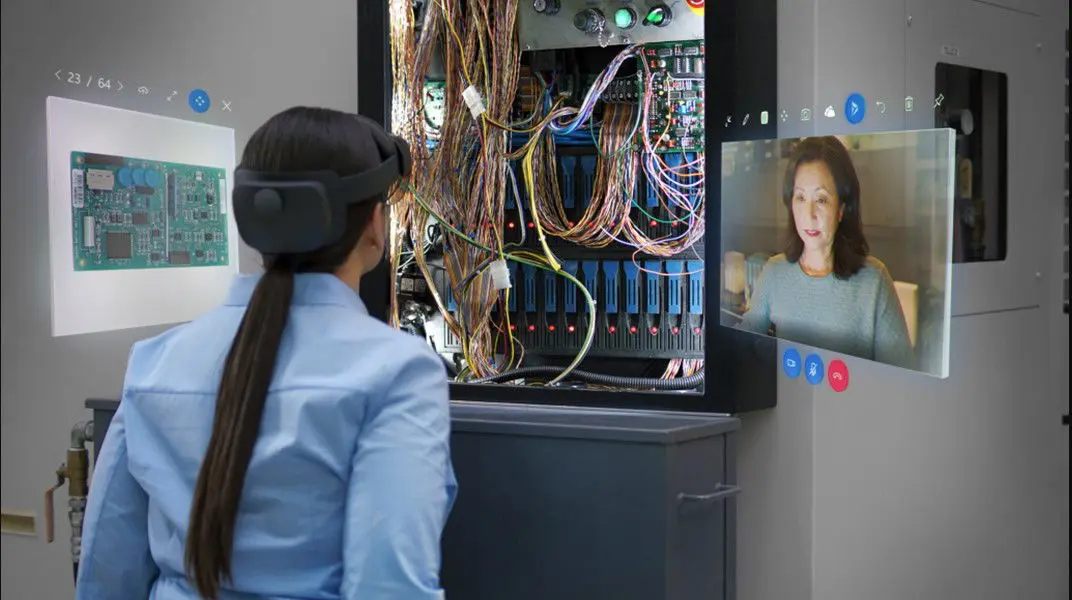As most of the world is still in the grips of COVID-19, healthcare providers are still striving to strike the right balance between traditional patient consultations and the highly infectious virus. Hence, to mitigate the risk of exposure to a deadly virus and revolutionize patient care both during and after the pandemic, we should start thinking digital!
Digital technologies play a huge role in providing better access to healthcare and quality patient care. Also, the recent pandemic has created new opportunities for digital delivery of healthcare services such as remote consultation. Moreover, healthcare is more open to digital innovations like mixed reality (MR), especially in consulting the patients.
“According to a McKinsey’s 2021 report, telehealth has boosted 38x in the year 2021 compared to the pre-COVID-19 baseline.”
On a surface thought, patient consultations and MR technology seem to be a natural fit. Today, MR has moved beyond sci-fi to reality and what makes it suitable for remote consultation is its 3D capabilities. But before we plunge into telemedicine, let us look at the widespread challenges that the recent pandemic has brought to global healthcare systems. Later in this blog, we will see how MR can help healthcare providers address the challenges with remote consultation.
Challenges in diagnostics of patients due to the pandemic
The COVID-19 pandemic has posed numerous challenges to hospitals and healthcare professionals with the traditional face-to-face patient diagnosis. Some of the common challenges represented by the pandemic to frontline workers and healthcare professionals across the world
include:
- Shortage of medical professionals in remote and rural areas
- Transportation issues due to traveling great distances
- Timely access to care for the elderly and mobility impaired
- Longer wait times and untimely access to affordable care
- The hazard of direct person-to-person exposure
- Lack of available personal protective equipment (PPE)
How mixed reality help overcome the longstanding challenges with remote access?
The pandemic has forced rapid adoption of telehealth, also known as telemedicine, over traditional in-person visits. Telemedicine includes remote patient diagnosis, virtual consultation, telesurgery and other ways of remote care. The remote health consultation is the most widely used form of telemedicine as it provides frontline workers the ability to consult remotely in the current pandemic era.
Mixed reality is the most recent iteration of telemedicine innovation and the next logical move toward reimagining healthcare delivery systems. It is an intuitive technology that blends the virtual and real worlds to create a mixed or augmented view. Mixed Reality apps for healthcare providers hold the potential to deliver remote care with greater ease and engagement while supporting physical distancing.
Apart from providing accessible and immersive care, the cutting-edge mixed reality technology proves to be helpful to both clinicians and patients in the following ways:
- Treat patients remotely, avoiding unnecessary exposure to the virus.
- Provide real-time feedback to patients on their medical condition.
- Allow healthcare providers to access patient medical records remotely.
- Train medical staff to cope with an increasing number of virus-infected patients.
How does remote consultation work?
For remote patient consultation, a clinician can use an MR app to interact with patients sitting anywhere in the world. Then through audio and video feeds, the medical practitioners interact with a patient and reach a proper diagnosis. The mixed reality device also shows holographic images of a patient’s medical records such as blood reports, X-rays and CT scans to the person wearing an MR device.
An MR-based HoloLens device holds the ability to deeply perceive biplane images of a patient’s lesion in complex cases. For instance, while performing a virtual autopsy, the mixed reality headset can let surgeons perceive scanned images of the patient’s body in real-time.
However, smart glasses like HoloLens are not mandatory for virtual patient consultations. Healthcare professionals can connect with patients remotely using mixed reality apps through smartphones or tablets. These apps support video diagnosis, enabling physicians to examine the patient minutely before identifying the health issue.
How to utilize mixed reality for remote consultation during COVID-19?
Mixed reality telehealth has proved to be an effective tool for healthcare professionals who cannot travel in COVID-19 healthcare settings. It can offer high-fidelity alternatives to traditional in-person diagnosis to healthcare practitioners. Thus, helping doctors to overcome geographic limitations, enhance safety and improve customer satisfaction.
Let us take an example of medical specialists working at Imperial College Healthcare NHS Trust. They started using HoloLens 2, a mixed reality headset from Microsoft, in May 2020 to carry ward rounds virtually during the pandemic. Thus with HoloLens, the clinicians could reduce their time spent in high-risk areas by 83%. The technology also helped them save up to 700 PPE kits per ward every week.
Since then, other trusts across the country, such as University College London Hospitals and University Hospitals of Morecambe, started implementing Mixed Reality solutions for remote consultations. Additionally, many clinicians in Taiwan also started using HoloLens to make house calls on elderly patients who cannot leave home due to COVID-19 restrictions.
Mixed reality apps enable clinicians to diagnose and treat patients within minutes, taking the medical practice to the next level. Thanks to MR apps for letting doctors guide a nurse virtually in diagnosing patients. Thereby, it upgrades a nurse’s consultation to a doctor-level consultation.
Mixed reality: A tool in the armory!
Mixed reality technology, especially HoloLens, holds great power to enhance, expand and extend the future of remote consultation in and beyond the COVID-19 pandemic. Digital healthcare, when utilized in the right way, allows the right people to get diagnosed by the right physicians at the right time. To know how mixed reality can help you create an environment conducive to the growth of remote healthcare, contact our MR experts.



